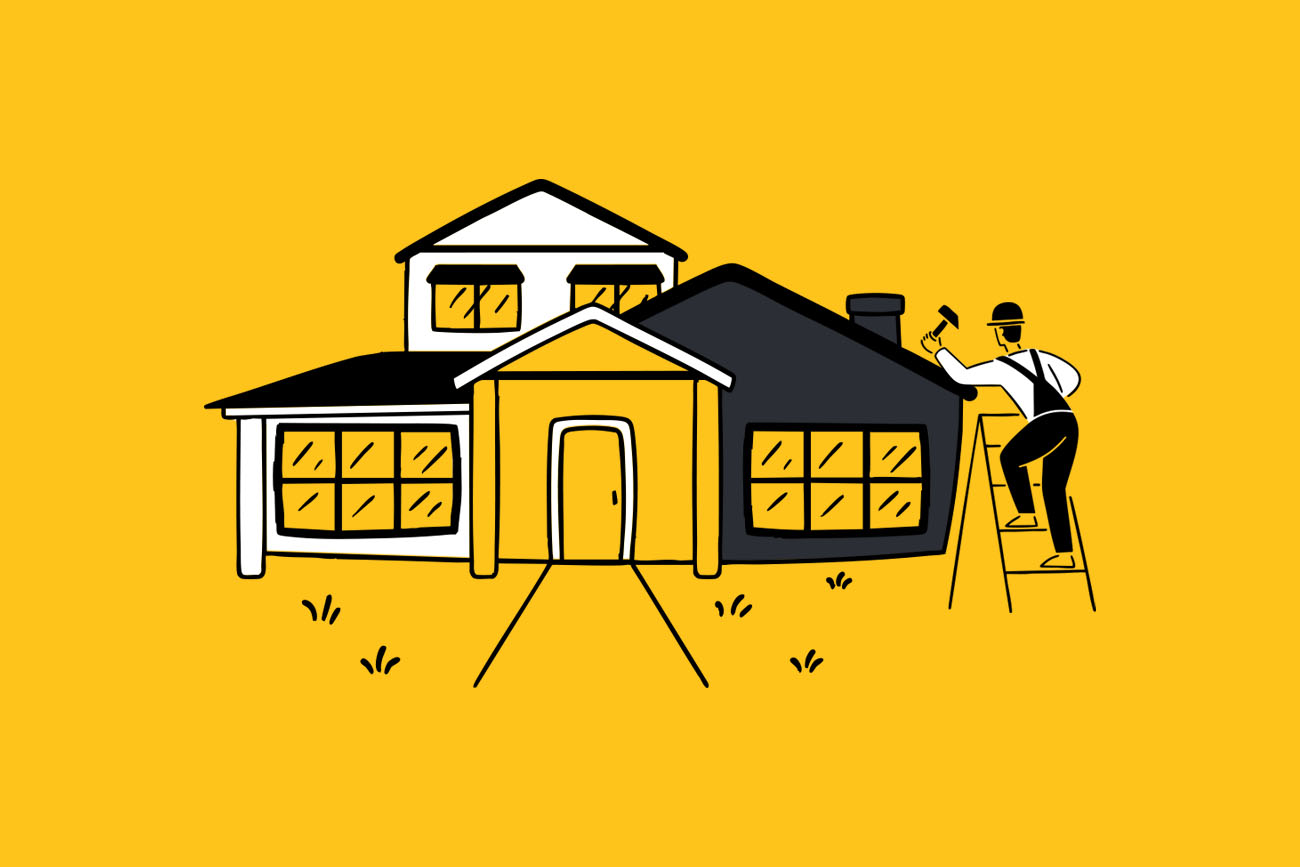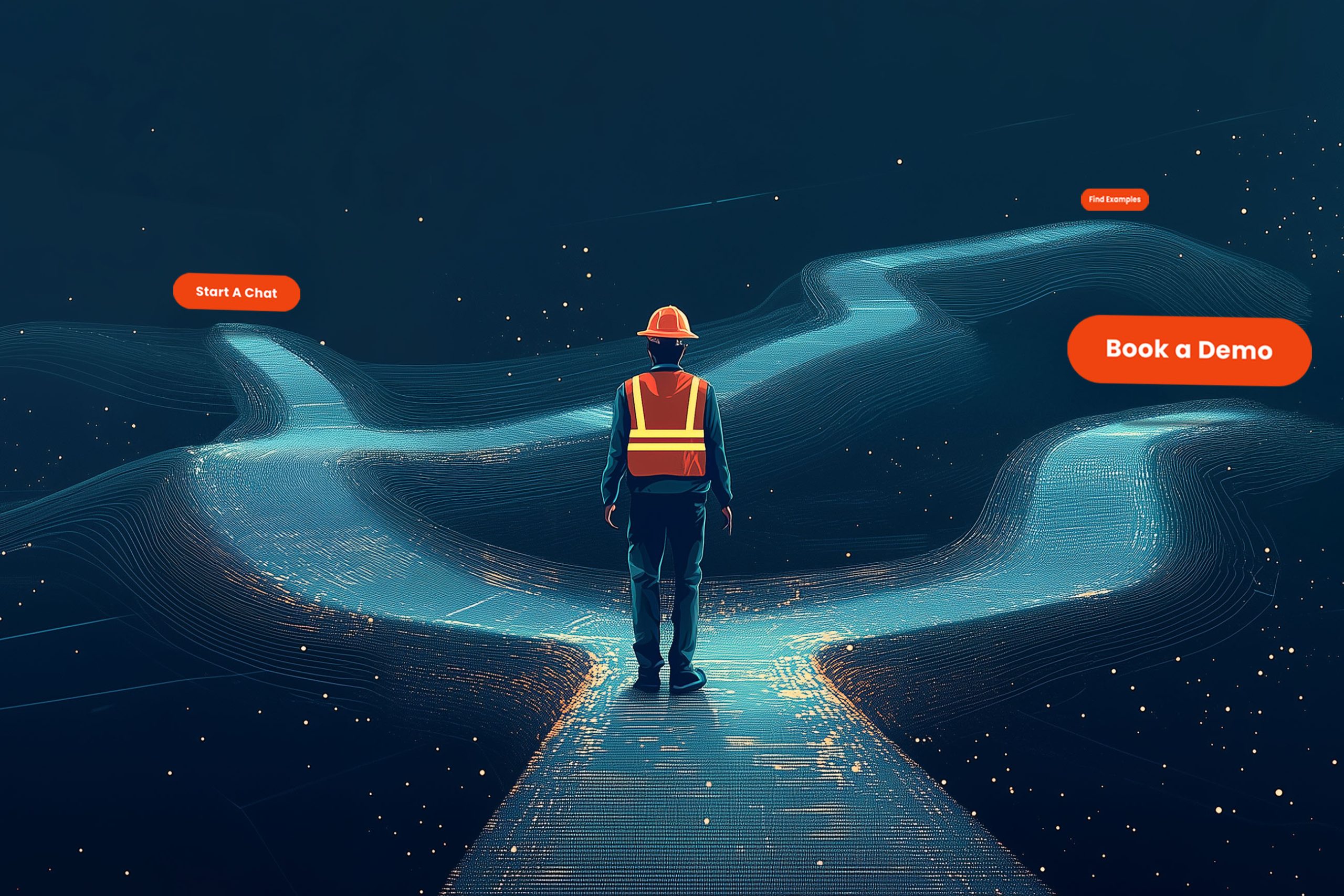IBS 2025: Hardened Homes, Sustainability, and the Industry’s Laser Focus on Pros

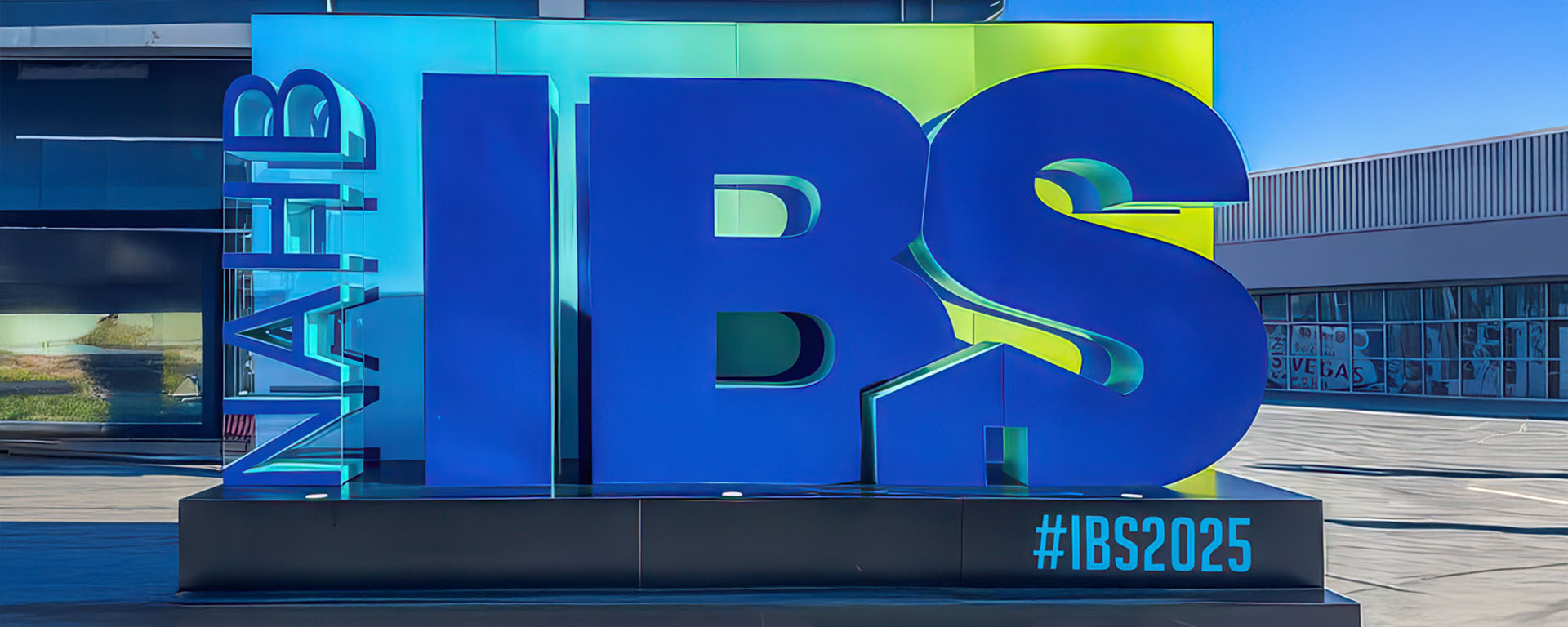
Walking through the 2025 International Builders' Show (IBS), one thing became clear: uncertainty is defining the year ahead.
In the same booths, I heard two very different narratives. Some exhibitors told me business was booming, while others, in the same booth, said business is slow. I overheard conversations between builders that reinforced this unease. It's a wait-and-see market, and no one is sure what’s coming next.
But one thing is certain: there will be winners and losers this year.
The brands and builders that crack the code on resilience, sustainability, and efficiency will come out ahead. The ones that struggle to adapt — whether due to cost, labor shortages, or outdated strategies — will get left behind.
Here’s what stood out at IBS 2025, and what the industry’s next big winners are doing to stay ahead.
Hardened Homes and Sustainability are Two Sides of the Same Coin
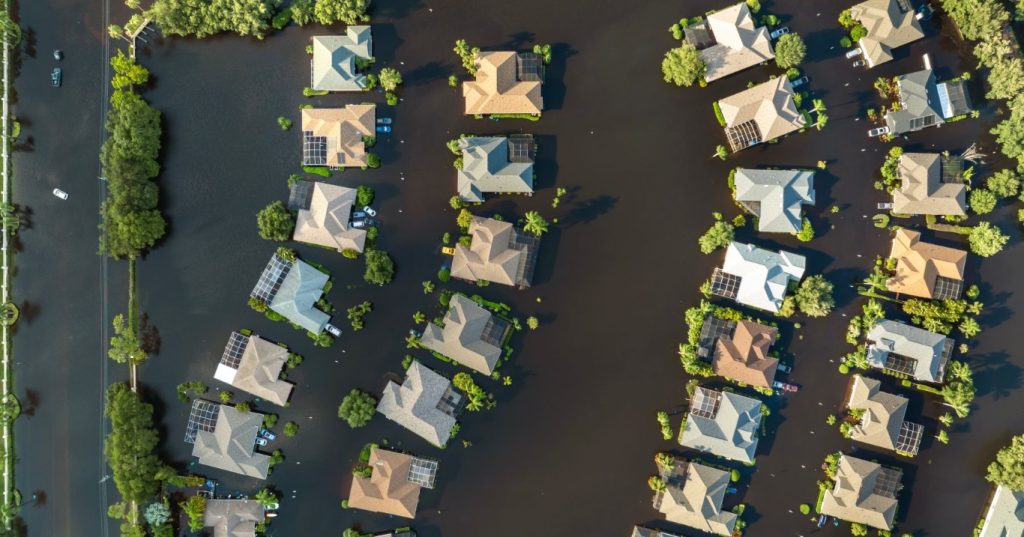
The devastation caused by wildfires like those in California’s Palisades as well as the hurricanes hammering Tampa and the rest of the Gulf Coast have made one thing clear: the homes we build today must be more resilient.
At IBS, manufacturers showcased fire-resistant materials, impact-rated windows and reinforced structures, all designed to ensure that when disaster strikes, homes don’t just survive but remain livable.
Arclin, a standout at the show, is making waves with its fire-resistant substrates which, when paired with AZEK’s fire-rated siding and trim, provide an affordable way to harden homes against wildfires. On the hurricane front, builders are embracing storm-proof designs, using reinforced roofing and improved drainage systems to mitigate flood damage. Even at garage door brands like Clopay and WayneDalton, the conversations turned to wind load resistance and durability.
But this isn’t just about disaster-proofing. The most sustainable home is the one you don’t have to rebuild. Every time a house is destroyed, the environmental cost of reconstruction, from materials to energy use, is massive. The shift toward durability-first design is making homebuilding more sustainable by default.
The challenge? Keeping these innovations affordable. Many sustainable materials and technologies increase upfront costs, which means widespread adoption will depend on smart engineering, regulatory support, and incentives to keep them accessible.
Electrification: LG Leads the Charge on Whole Home Systems
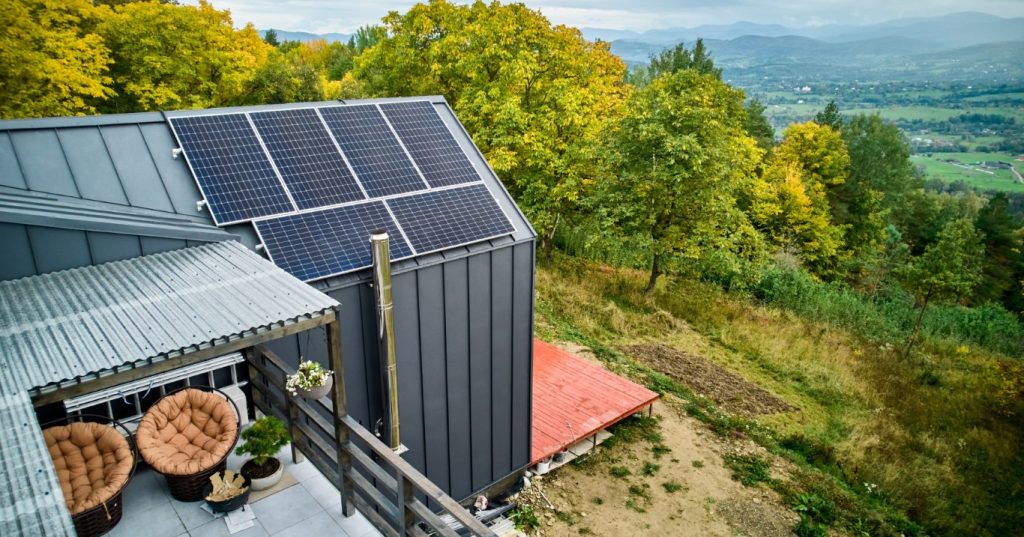
This observation is a crossover from AHR (HVAC industry tradeshow) that played into the narrative at IBS. Electrification isn’t just about sustainability anymore, it’s about resilience. With hurricanes like Milton and Helene exposing weaknesses in traditional power grids, homeowners and builders are looking for energy solutions that keep homes running even when disaster strikes.
LG positioned itself as the clear leader in this space, showcasing a fully integrated home electrification strategy that connects:
- HVAC systems
- Appliances
- Heat pumps
When paired with solar panels and whole-home battery storage solutions like FranklinWH, these systems create a more self-sufficient home that can maintain power even during grid outages.
This shift is critical as more homeowners look for ways to reduce reliance on fossil fuels while also preparing for extreme weather events.
But again, cost is the sticking point. While energy efficiency can save money in the long run, getting these systems into homes without pricing out buyers will be the next big hurdle. Builders and manufacturers are already working on ways to offset costs through rebates, financing options, and partnerships with utility providers.
The Industry’s Big Pivot: Pros are the Future, but Labor is the Problem
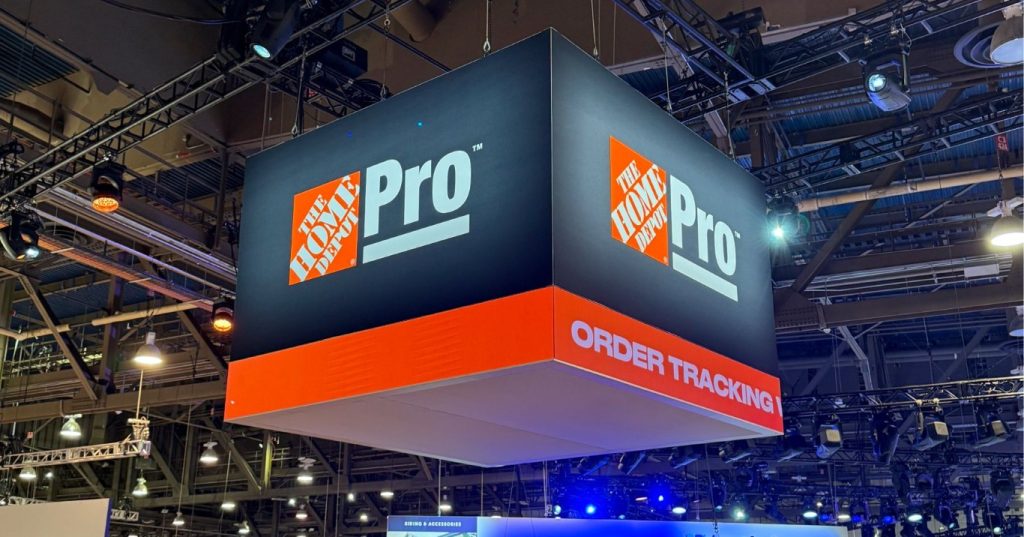
One of the most dramatic shifts at IBS 2025 was the way brands and retailers are doubling down on Pros.
For years, manufacturers marketed heavily to consumers, but they’re now realizing that tradespeople will determine if their brand gains market share.
Home Depot Pro made its presence felt in a big way, focusing entirely on saving tradespeople time, whether through job-site delivery, bulk pricing, or streamlined checkout options. Right next door, Houzz Pro took a different angle: helping Pros save time by integrating project management tools and even syncing with Home Depot’s product catalog for faster pricing.
Why this shift? Because Pros are an outsized portion of sales, and the labor shortage is making them even more critical.
The reality is, the construction workforce is shrinking. Tighter immigration policies are reducing the available labor pool. Additionally, fewer young people are entering the trades, worsening the gap.
Every major player at IBS seemed focused on one question: How can we help Pros work faster and more efficiently?
The answer is better tools, better logistics, and better training.
- Home Depot Pro is expanding its job-site delivery services, cutting down on time wasted at stores.
- Houzz Pro is automating back-end project management, reducing the paperwork burden on contractors.
- Manufacturers are investing in training and certification programs to get new workers up to speed faster.
This shift isn’t just good for the trades — it’s essential for the entire industry, including homeowners. If the labor shortage continues unchecked, costs will keep rising, and project timelines will stretch even longer. Brands that invest in helping Pros succeed will gain a serious advantage in the years ahead.
The Big Question: Can We Innovate Without Raising Costs?
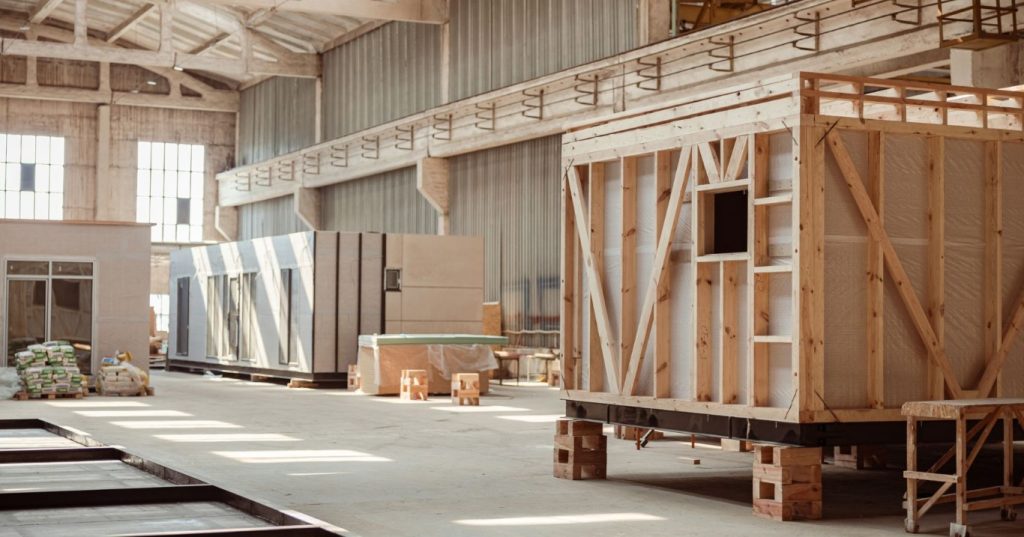
Across all of these trends, the biggest challenge remains affordability.
A hardened home can save that home, but only if people can afford it. Electrification is smart, but not if it adds tens of thousands in cost to a build. Pro-focused solutions only work if they actually help tradespeople make more money.
At IBS 2025, the most forward-thinking brands weren’t just showcasing new products, they were focused on how to make them cost-effective for widespread adoption.
Companies like LG, Arclin, AZEK, Home Depot Pro, and Houzz Pro are already leading the charge, but the true test will be whether these innovations remain within reach for the average builder and buyer.
Novel solutions, like prefabricated homes by Cavco, will undoubtedly be part of the solution. Moving production off-site, in a repeatable process is certainly more efficient and allows for skilled labor to be centrally located.
Final Takeaway: The Industry is at a Turning Point
IBS 2025 wasn’t about one single trend, it was about an industry trying to solve multiple massive challenges at once.
- Climate disasters are forcing homebuilders to rethink resilience.
- Electrification is gaining momentum, but costs need to be controlled.
- The labor shortage is reshaping how brands and retailers support Pros.
- Uncertainty is everywhere, and the companies that solve these challenges best will come out on top.
The next few years will determine who wins and who loses in this rapidly changing market.
The strategy to win is clear. Find cost-effective ways to harden homes. Electrify smarter. Support pros. The brands and builders who can figure out how will lead the way.

Lou Simon

Subscribe for
more Slant
This site is protected by reCAPTCHA and the Google Privacy Policy and Terms of Service apply.





